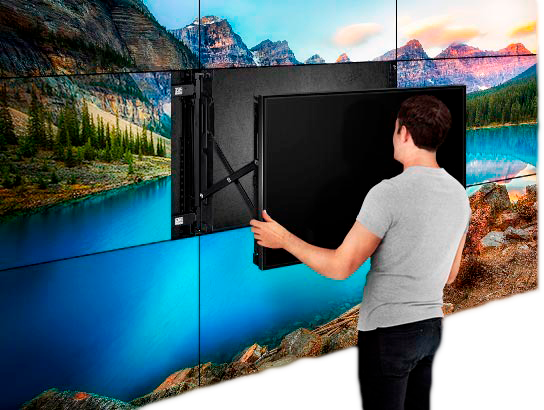Comprehending the Frequent Causes of Light Emitting Wall Panel Failure
Wiki Article

Light Emitting Diode panel screens are commonly used in various settings, from ads to residential theaters. These screens are favored because they provide vivid and dynamic visuals while being energy-efficient. However, like all digital gadgets, LED panel screens can experience malfunctions. Understanding the frequent reasons of these failures is crucial for preserving their performance and ensuring durability. This article examines several key factors that can contribute to the failure of LED wall panels.
One of the most frequent reasons of failure in LED panel panels is overheating. LED systems produces heat during operation, and if this heat is not properly managed, it can harm internal parts. Poor ventilation or inadequate cooling mechanisms can worsen the issue. When the temperature increases beyond the recommended levels, it can lead to reduced brightness, color deviation, or total failure of the panel. Regular care, including cleaning air openings and maintaining proper airflow, can assist avoid overheating and extend the lifespan of the panel.
Another major cause leading to LED panel panel malfunction is power surges. Variations in the electric supply can result in harm to digital components within the panel. Sudden spikes in voltage can lead to blown fuses or damaged circuits, resulting in malfunctioning displays. Using surge protectors and power controllers can reduce this risk by normalizing the electricity supply and protecting sensitive digital blog components. Ensuring that the power infrastructure is up to code and capable of handling the power requirements of the panel is also critical.
Environmental conditions play a crucial role in the performance of LED wall screens. Exposure to harsh temperatures, moisture, or dust can adversely impact their functioning. For example, high moisture can result to moisture buildup inside the panel, which can cause short circuits or corrosion of internal components. Similarly, excessive dust accumulation can block ventilation and lead to overheating. Installing LED panels in regulated settings and frequently maintaining them can assist maintain optimal performance and prevent failures.
Additionally, manufacturing defects can lead to early failures in LED panel screens. Quality control during production is essential to guarantee that each screen meets market standards. Faulty parts or poor construction can lead in issues such as dead pixels or uneven brightness. It is important for buyers to find out here buy LED panel screens from trusted brands that provide guarantees and support. This ensures that any potential defects can be resolved promptly, minimizing downtime and frustration.
In conclusion, understanding the common reasons of LED panel panel failure can help users take preventive measures to ensure their longevity and functionality. By tackling overheating, protecting against power surges, taking into account external factors, and selecting quality items, consumers can significantly minimize the chance of failure. Regular maintenance and knowledge of these factors will result to a better experience with LED panel panels, whether for individual or business use.